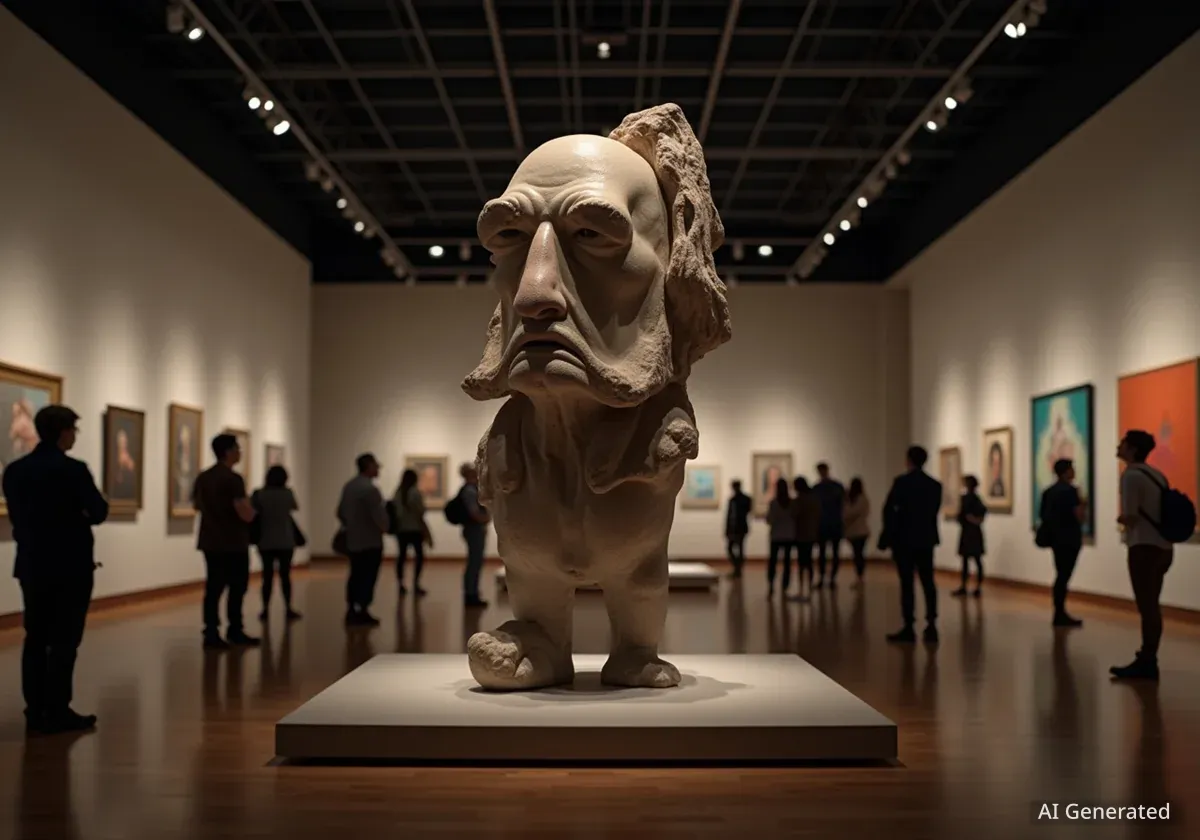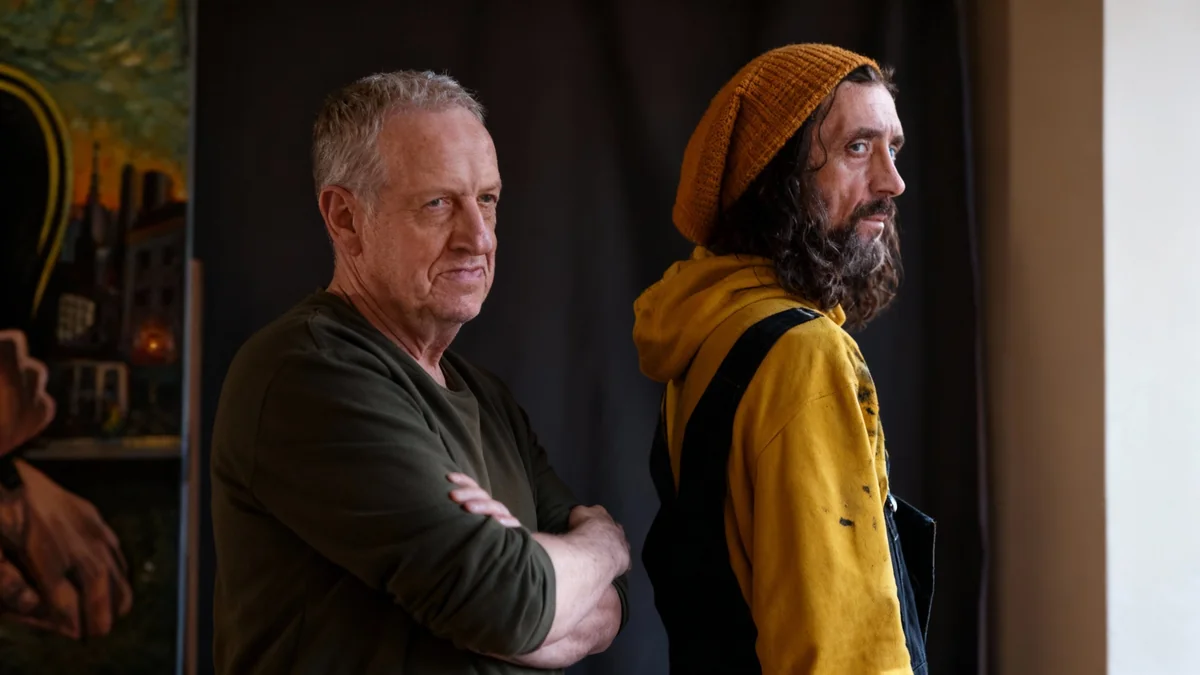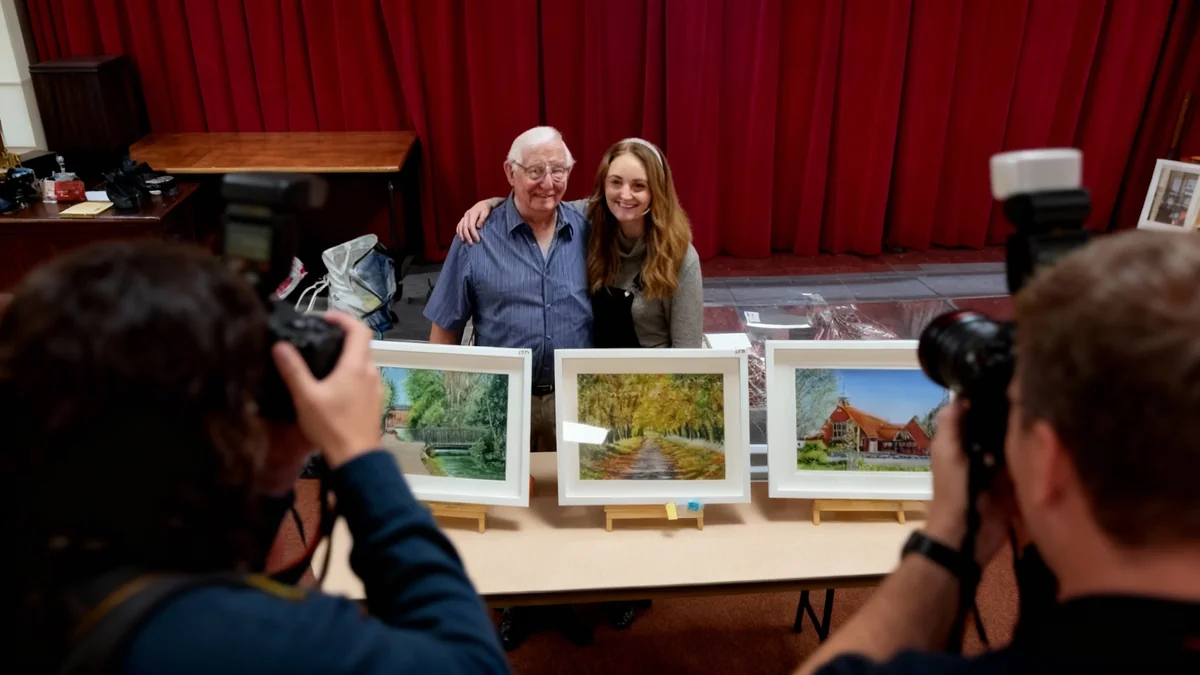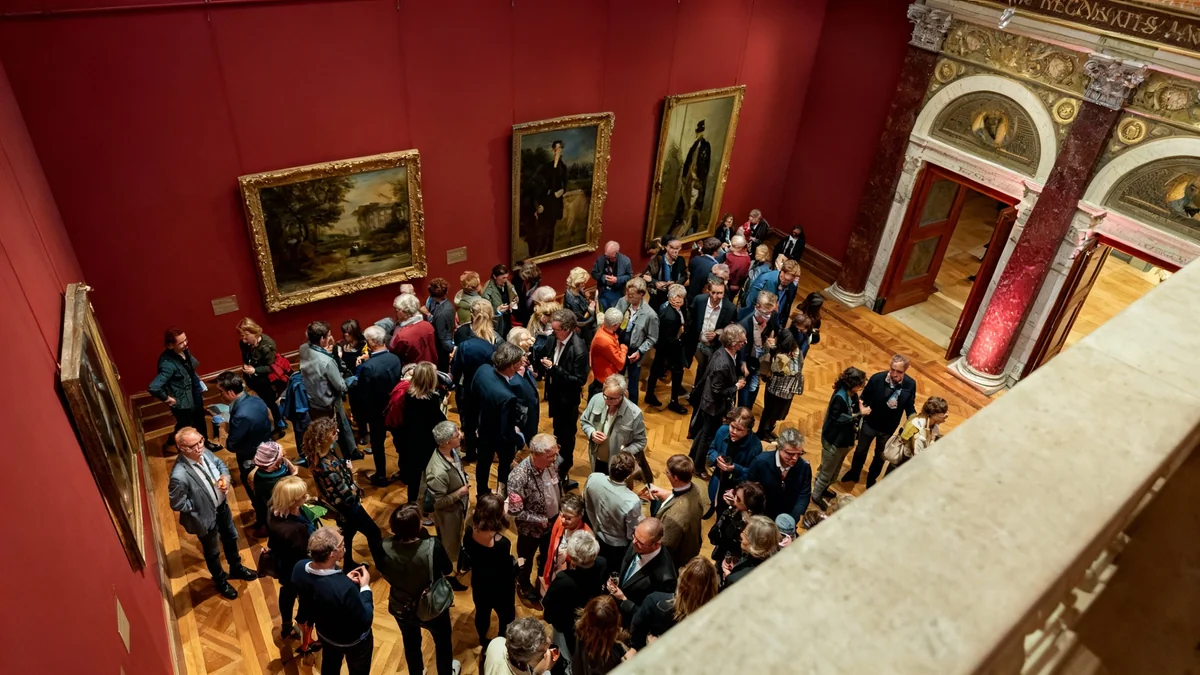A new exhibition at the Whitney Museum of American Art, titled "Sixties Surreal," offers a fresh perspective on the art of the 1960s. This show moves beyond the traditionally recognized movements like Pop Art and Minimalism, presenting works that challenge conventional narratives and highlight previously overlooked artists. The exhibition aims to redefine how the decade's artistic output is understood, focusing on improvisation, countercultural themes, and a sense of the unexpected.
Key Takeaways
- "Sixties Surreal" at the Whitney Museum re-evaluates the 1960s art scene.
- The exhibition features works often sidelined by traditional art history.
- It emphasizes visionary improvisation, erotic caricature, and political themes.
- Artists like Nancy Graves, Paul Thek, and Kiki Kogelnik are prominently featured.
- The show challenges established views of Pop, Minimalism, and Conceptualism.
Challenging Established Narratives of the Sixties
For many years, the artistic landscape of the 1960s has been defined by a few dominant movements. Pop Art, Minimalism, and Conceptualism have largely shaped public understanding and museum exhibitions. Artists such as Andy Warhol, Donald Judd, and Eva Hesse have received extensive attention, with numerous retrospectives and analyses of their contributions.
However, "Sixties Surreal" seeks to disrupt this established view. The exhibition opens with a striking display of three large double-hump camel sculptures by Nancy Graves. These works, first shown in 1969, immediately signal a departure from the clean lines and conceptual rigor often associated with the era. Graves's unconventional approach suggests a broader, more open artistic environment than typically portrayed.
Did You Know?
In 1969, Time magazine reported that "more than a few museumgoers suspected that Nancy Graves’ camels were part of an ingenious put-on." This reaction highlights the challenging nature of her work at the time.
A Broader View of Artistic Expression
The curators of "Sixties Surreal" argue that the term "surreal" in the title does not refer to the classical Surrealism of Freud, Breton, or Dalí. Instead, it points to a wider range of artistic expressions. These include visionary improvisation, erotic caricature, countercultural magic, intense political art, and psychedelic influences. The exhibition showcases how artists explored these themes, often with a raw and unfiltered energy.
While well-known figures like Warhol, Ed Ruscha, and Claes Oldenburg are included, their works are presented alongside those of artists who have been less recognized. This juxtaposition aims to turn the decade's artistic history "inside out," revealing new connections and influences. The show highlights artists such as the Chicago Imagists Barbara Rossi and Roger Brown, as well as Jeremy Anderson, Joan Brown, William T. Wiley, and Mel Casas.
Unconventional Materials and Bold Statements
The exhibition features works that deliberately challenge the artistic norms of the period. Karl Wirsum's vibrant painting, Screamin’ Jay Hawkins, immediately draws attention with its intense colors. Nearby, Paul Thek's 1966 piece, Untitled, offers a direct contrast to the minimalist aesthetic of artists like Judd.
"This is less a parody of Judd than a reckoning with flesh and other grotesqueries. Judd and Warhol are so clean and repressed by comparison."
Thek's work is an acid-colored transparent box that appears to contain a tipped-over paint can oozing sludge, or perhaps a severed bone revealing marrow. This piece introduces a theme of "messiness" that runs through "Sixties Surreal," contrasting with the often sterile appearance of much 1960s art. Artists used materials like papier-mâché, clay, thrifted leather, and various types of junk to create their works.
Background on Chicago Imagists
The Chicago Imagists were a group of artists active from the 1960s to the 1980s, known for their figurative art that often drew inspiration from surrealism, folk art, and comic books. Their work often featured grotesque, humorous, or bizarre imagery, contrasting with the dominant abstract and minimalist trends in New York.
Exploring Social and Political Dimensions
The exhibition also delves into the social and political undercurrents of the 1960s. Noah Purifoy's sculptures, made from neighborhood rubble, transform discarded materials into abstract forms. These works foreshadow his later desert sculptures and reflect a commentary on urban decay and societal structures.
Kiki Kogelnik's painting depicting a woman split open in electric greens and pinks, with an elongated washboard descending from between her legs, combines Pop Art aesthetics with a feminist critique. Martha Edelheit's reimagining of Gustave Courbet’s studio shows a chaotic scene of female bodies, making sex an explicit and central theme rather than a subtext. The painting is notable for its large scale and overt eroticism.
Other powerful statements include Bruce Nauman's Mold for a Modernized Slant Step, which appears alien and enigmatic, and H. C. Westermann's immense, knotted wooden column, described as an "abstract middle finger." These pieces, alongside the more formal works of the decade, highlight the diverse and often confrontational spirit of the time.
Juxtapositions of Pleasure and Terror
The exhibition brings together artists like Jean Conner, Peter Saul, and Mel Edwards, whose works create a "jagged triangle" of themes. Conner reinterprets pulp imagery into an imagined paradise. Saul's paintings use a carnivalesque style to depict the horrors of the Vietnam War. Edwards welds steel into powerful, stark memories of lynching and torture, echoing Giacometti's style. Together, these artists demonstrate how the 1960s blended themes of pleasure with profound terror.
A significant piece in the show is Harold Stevenson's The New Adam (1962), a 39-foot painting of actor Sal Mineo. This work, conceived as a tribute to a lover, is both insurrectionary and openly queer. Its overwhelming scale and subject matter challenge traditional artistic and social boundaries, remaining impactful even today.
Revisiting History and Future Influences
"Sixties Surreal" prompts a reevaluation not only of individual artists but also of the entire framework through which the 1960s has been historically viewed. The exhibition unearths artists like Kay Sekimachi, Michael Todd, and Franklin Williams, who may be unfamiliar to many viewers. This process pulls the decade out of its "glass case," creating a dynamic and vibrant portrayal of the era.
The curators express a sense of discovery, which contributes to the exhibition's appeal. The show emphasizes how marginalized voices and works can redefine accepted historical narratives. This revisionist approach holds relevance for contemporary art, showing clear lines of influence from the past to the present.
- Purifoy's use of debris connects to the work of contemporary artist Theaster Gates.
- Kogelnik's bold feminist art anticipates artists like Cindy Sherman and Nicole Eisenman.
- Edelheit's depictions of bodies prefigure today's queer figuration in art.
While the exhibition does not include every possible facet of the decade—some might miss pop culture elements like Ray Harryhausen’s skeleton armies or Ed “Big Daddy” Roth’s monster hot rods—its strength lies in revitalizing the decade rather than merely preserving it. By embracing the "weirdness" and diversity of the 1960s, "Sixties Surreal" ensures that the art of this pivotal era continues to live and resonate.




